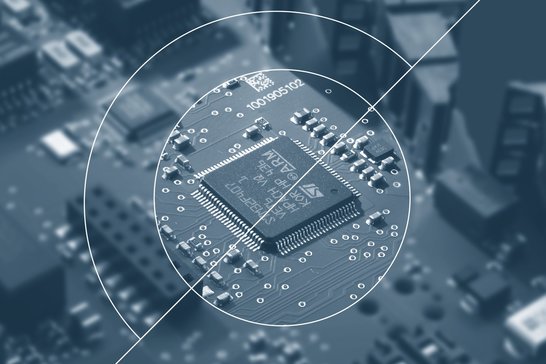Technology
What is behind the term RISC-V?
In connection with embedded systems, the term RISC-V comes up again and again. But what is behind it?

Complex projects in software
Open source projects are widely used in software development and enjoy a high reputation. Many developers worldwide work together on tasks and make the solutions available to the general public for further use. It sounds altruistic, but it has clear economic and technical advantages for everyone involved. Today, individuals and companies could no longer handle the complexity of projects on their own.
In 2010, a project was started at the Parallel Computing Laboratory of the University of Berkeley in the USA to develop new ways for parallel processing of programs. Among others, the project was financially supported by Microsoft and Intel. One result from this research project was the description of a new instruction set architecture, called RISC-V. This is the machine language of processors, i.e. which registers exist, how bits and bytes are linked at the processor level, how branches are implemented and much more. The application developer does not normally come into contact with this level, but it has great potential for optimization in terms of computing power and energy consumption.

Well-known companies use RISC-V
Meanwhile, major companies such as Samsung, Western Digital, Nvidia, Alibaba, Microchip, Lattice and Qualcomm are also using the RISC-V architecture in some of their chips. What makes RISC-V interesting is that the specification is completely open, allowing developers of safety-critical applications to use formal methods to prove how a system will behave under any boundary conditions. This is not completely possible with closed architectures. Furthermore, the freedom from licensing costs is attractive. Manufacturers are free to use the technology free of charge and also to extend it.
Use in the academic field
RISC-V has its origins in academia and continues to be used intensively in the academic environment. Due to its openness, scientific work can be done down to the detailed level, without secrets of proprietary technologies. Incidentally, it is also interesting that the organization behind RISC-V is now based in Switzerland. This is intended to avert potential restrictions due to the trade war between the USA and China.
